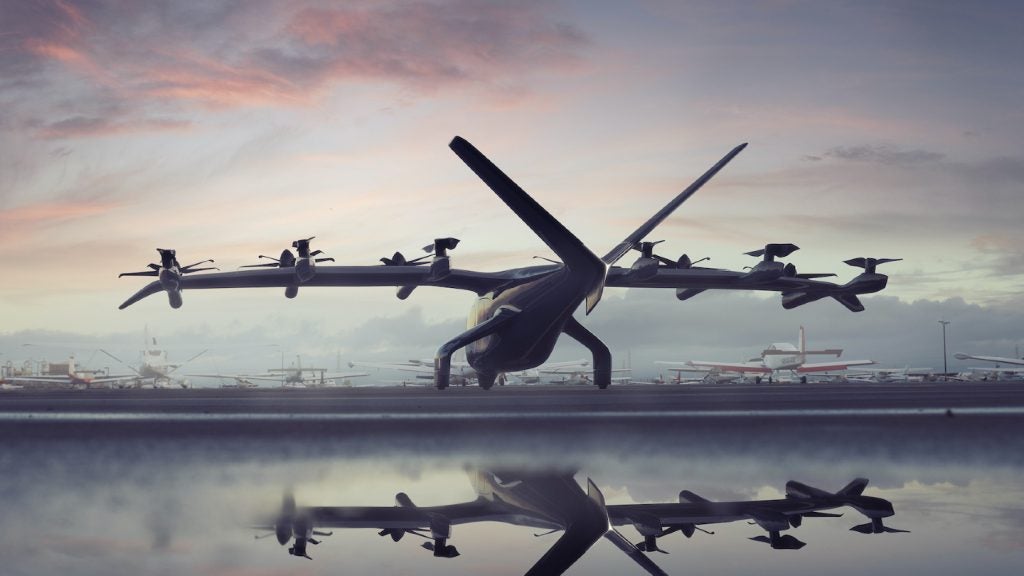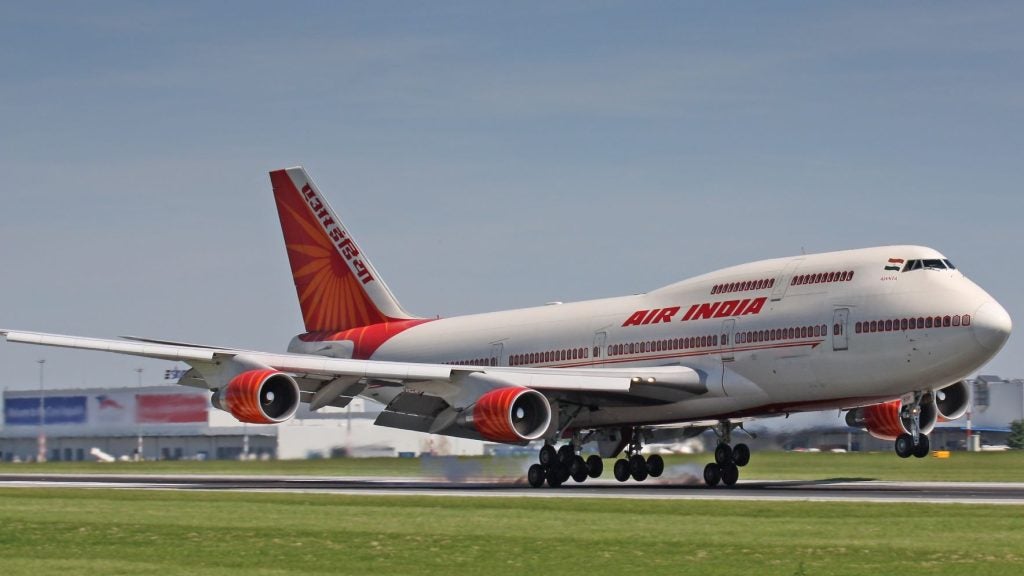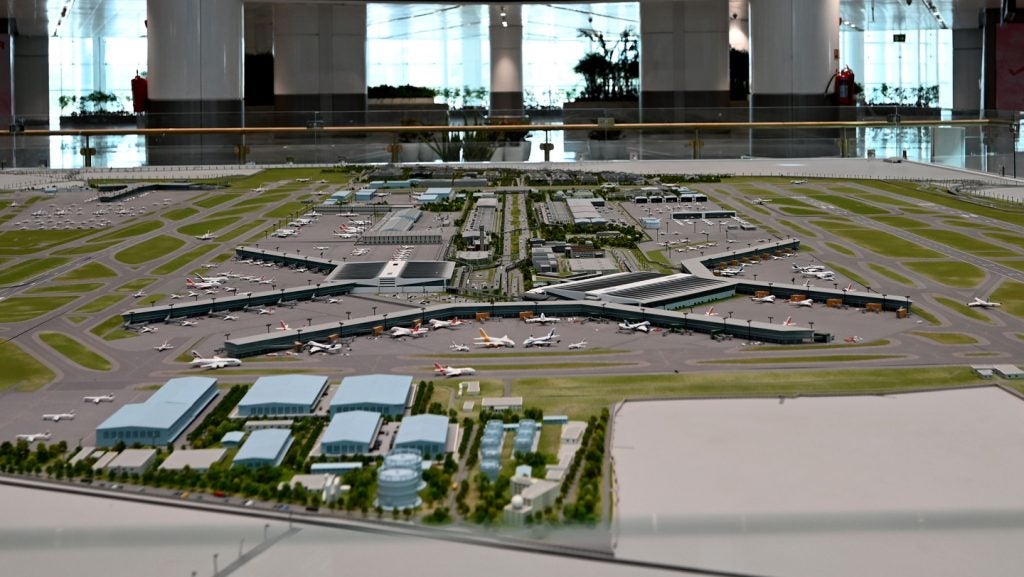
Established in 1995 – with the goal of accelerating the integrated development, expansion and modernisation of airport facilities across the country – the Airport Authority of India (AAI) faces some tough decisions. The Indian aviation sector is expanding rapidly.
According to the Air transport portal of the European Commission, air traffic in India increased by 25% in 2004 alone. Between 1990 and 2004, the number of seats available on scheduled non-stop flights between EU member states and India increased from 2.6 million to 4.4 million.
While the surge in passenger volumes might be among the highest in the world, it is more than double the growth that the Airports Authority of India (AAI) had earlier projected. This means that instead of handling 120 million passengers by the end of 2012, Indian airports – already operating at more than full capacity – might be grappling with 256.5 million air travellers by the end of March 2012.
In short, business is booming. But the air traffic management system and infrastructure in the subcontinent is simply not geared towards handling the rapidly increasing traffic, which has led to recent speculation that air traffic services in the country – so far the sole domain of AAI and the largest source of that agency’s revenues – may soon be hived off as part of a restructuring project planned by the civil aviation ministry.
It is thought that AAI may be looking to set up a specialist entity to run air navigation operations across Indian airports along the lines of the US federal aviation administration.
See Also:
A VISION OF THE FUTURE
How well do you really know your competitors?
Access the most comprehensive Company Profiles on the market, powered by GlobalData. Save hours of research. Gain competitive edge.

Thank you!
Your download email will arrive shortly
Not ready to buy yet? Download a free sample
We are confident about the unique quality of our Company Profiles. However, we want you to make the most beneficial decision for your business, so we offer a free sample that you can download by submitting the below form
By GlobalDataTo this end, AAI recruited the Indian branch of KPMG last November to conduct a study on possible options for the restructuring, which is to be part of a new civil aviation policy called Vision 2020. If the consulting firm advises on the diversion of navigation services to a separate unit, the prestigious Rs644 crore satellite-based navigation system Gagan (GPS-aided navigation) project, which is being implemented in coordination with the Indian space research organisation, will also become
part of the new entity.
Concerns over capacity and its impact on the effectiveness of ATC in India are nothing new. The initial draft of a report prepared by a committee of the civil aviation ministry (formed in March 2005 under the chairmanship of former civil aviation secretary K Roy Paul) acknowledged a multitude of problems in both the air traffic management system at various Indian airports as well as the infrastructure supporting it.
The report laments the deteriorating state of air traffic control automation systems and of the ‘highly alarming’ shortage of ATC officers. Finally, the committee admits that even the existing equipment and infrastructure is being used inadequately.
STAFF SHORTAGES
Back in 2004 there were 900 air traffic controllers handling just over 71,000 flights. Today, there are 900 observing close to 733,000 flights.
the existing equipment and infrastructure is being used inadequately.”
“We could do with another 1,000 new people,” admits a guild official. The staff shortage is of particular concern at Mumbai and Delhi airports.
In Delhi, only two sectors of the area control centres (ACCs) and one sector of the approach control (APP) centre is functioning out of four ACCs and three planned APPs.
In Mumbai the situation is worse, with just one sector of the ACC and one sector of the APP functioning. As the draft report points out, ‘Opening up of additional sectors is essential for efficient handling of traffic and to ensure safety.’
Experts warn that the current sectors were drawn up 20 years ago and the number of flights has increased 20-fold since then.
INADEQUATE EQUIPMENT
For years, pilots have openly voiced their concerns about the poor maintenance of navigational aids and the shortage of ATC officers. The sharp rise in traffic has dramatically increased the risk of operating with those flaws. Now, the Indian authorities must decide what to do about the poor standard of communications equipment in their airports.
Very high frequency (VHF) communications are often unavailable and high-frequency radio telephony (HFRT) is poor, meaning ATC officers cannot always communicate with pilots. Surface control radars are dysfunctional, meaning vehicles, dogs and cattle pose a hazard.
In addition, upper wind data from the meteorological department is not interfaced with the air traffic system, so controllers must do calculations manually, adding further to their workload.
A NEAR MISS
The pilot of an Air-India Airbus travelling from Mumbai to Hyderabad had been cleared to climb only to 29,000ft. That should have kept it at a safe distance from the other two planes on its path. The Qatar Airways A320 from Hyderabad to Doha was flying at 32,000ft; the Indian Airlines plane from Hyderabad to Mumbai was cruising at 30,000ft.
The three planes would cross each other over Pune airspace. In the typical course of events there would have been nothing to worry about. But the radar controller at Mumbai air traffic control was alarmed to find that the Air-India flight had started climbing beyond 29,000ft, bringing it directly into the path of the Indian Airlines plane.
He tried frantically to contact the pilots so that he could warn them but found that the very-high-frequency (VHF) radio link wasn’t functioning and could not establish contact with either of them.
Thankfully, all three planes were equipped with the traffic collision avoidance system (TCAS). It functioned perfectly and the pilots managed to keep out of each other’s way.
This is just one of the ten ‘incidents’ that took place in 2005 – air traffic management parlance for events that could have led to an accident. That makes for an abnormally high amount of incidents by any standards.
THE CHANGING FACE OF INDIAN AVIATION
Two major developments have changed the face of Indian aviation in recent times. Firstly, a number of new airlines have been given permission to begin operations and that has led to a sudden and drastic leap in the number of flights being handled by the metro airports.
Secondly, a number of ‘bilaterals’ – that is, reciprocal agreements signed by two countries to allow each to fly planes in the other’s territory – have been sealed. This has led to an increasing number of foreign airlines entering and leaving Indian airspace.
There has also been a significant increase in the total number of overflying journeys that do not land or take off in India but use its airspace en route to another destination. Between 2004 and 2005 alone, there were nearly 900 new flights across the country; but the number of ATC officers remained the same.
The situation is particularly bad in Mumbai and Delhi. The two airports are geared to handle about 28 flights in a single hour; they are now expected to clear 35-40 flights an hour during peak times.







